
Can you tell us how Upsilon Gallery started and what inspired its founding?
MZ: I wrote the business model for the gallery while completing my Masters at the London School of Economics. As soon as I graduated I went back to NYC and founded the company out of an apartment in Midtown Manhattan. In 2012 and 2013, the two years prior to studying for my Masters, I had been working as a sort of manager for American artist Osvaldo Mariscotti but I eventually realized I needed a larger platform, and that’s when I started thinking about the gallery. The original mission was and still is based on my personal experience with Mariscotti, so established, historically relevant artists which for whatever reasons had been overlooked by the mainstream art press and markets.
What types of art do you typically include in your exhibitions?
MZ: I tend to favor abstract work over figurative but that is by no means a rule. The gallery started by focusing on the more traditional media, such as painting, work on paper, and sculpture, but over time we’ve become more diversified, showing photography, ceramics, and even installation. One of the benefits of running galleries in multiple countries is that you get access to multinational talent, which allows us to grow and improve our value propositions constantly. When I opened our first gallery in NYC in early 2022, the roster was primarily made up of established American and European artists. In a very short span of three years, we’ve grown to include emerging talent from all major geographies.
Are there any current or upcoming exhibitions you’re particularly excited about?
MZ: Of course, our current multi-city exhibition, Osvaldo Mariscotti: Into the Valley is definitely the most ambitious project we’ve taken on so far. The show spans three cities, NYC, London, and Milan each with a slightly different selection of works on display. The focus of the exhibition is on the Valley series, a collection of 12 new paintings produced in a semi-abstract style. This series is a milestone for the artist given that they summarize about 30 years’ worth of career. These paintings are inspired by landscape works Mariscotti produced back in the 70s and 80s, but made entirely with more contemporary elements. The NYC and London parts of the show will close on October 31 with the Milan part coinciding with the opening of the new gallery on November 18. A brand new monograph is coming out on the occasion of the current exhibition, with contributing essays by notable American art historians David Ebony and Alex Grimley. The book will be officially released on October 16 during planned events at the NYC and London galleries.
The final shows of the year will definitely pack a punch, with Folded Voices and Surreal Estates opening in London on November 13. Folded Voices brings together the practices of Zhang Xiaodong and Matija Cop, two artists from distant geographies who meet in the shared language of transformation, material intimacy, and quiet resonance. On the other hand, Surreal Estates, a solo exhibition by Louis Pohl Koseda, uses surrealism to process the conditions in contemporary society. The exhibition delves into the Jungian unconscious and dream imagery as it interacts with London’s urban modernity, contexts, places, and systems. Upsilon NYC will end 2025 with a solo show of American abstract sculptor Willard Boepple. The highly anticipated exhibition will feature new sculpture and works on paper to celebrate the artist’s 80th birthday.
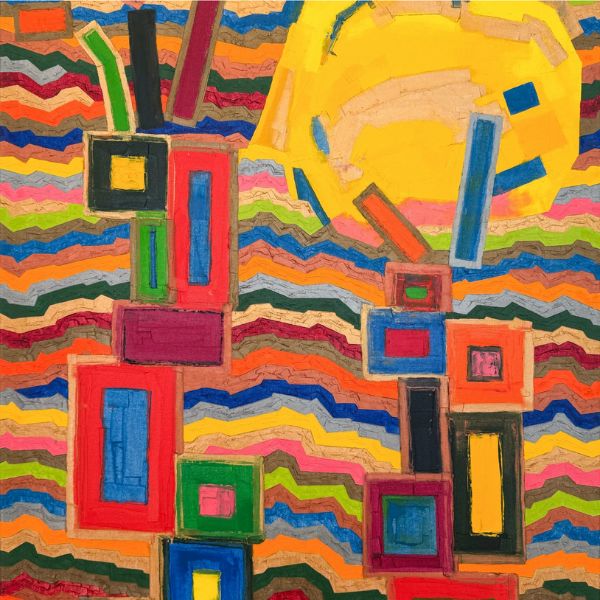
How do you choose which artists or works to feature?
MZ: This is very much a team effort now. Obviously it’s important for the work to be visually appealing since this is visual art after all, but then, deciding on which artists to collaborate with is a complex decision that involves looking at the artist’s track record, trajectory, market recognition, visual language, etc. Upsilon is a growing and evolving gallery but in spite of all the change, the core and the standards remain constant which allows us to stay consistent as far as mission and messaging, now across multiple countries.
Can you explain the significance of your gallery’s location(s) and how that influences your programming?
MZ:The first gallery opened in NYC in early 2022. I’d been based in NYC since 2008 so for me it was partly a personal decision to open there. As the program grew and developed, so did the strategy for the business, which made me realize the importance of certain geographies and art markets. I opened London in 2024 and later this year Milan. Both cities are important art, luxury, and financial centers, crucial to the success of our current business model. All of the galleries are located in prestigious and established neighborhoods, NYC in the Upper East Side, London in Mayfair, and Milan in Quadrilatero della moda. This is important because that’s where our target audiences are, not just as far as the end consumer but also business partners.
How do you see the contemporary art landscape changing in the next few years?
MZ: Contemporary art will keep evolving to accommodate current social and technological developments. At the moment, a lot of attention is being paid to AI and AI-generated art. I believe this will continue for some time like any other trend, and eventually be replaced by something else. I also think that the focus on man-made work will become more pronounced, as the world keeps shifting more and more towards a fully automated future.
What trends or styles do you think are particularly hot in the art world right now?
MZ: Textile art is very popular right now, as well as work by “rediscovered” established artists. This will be a little different from place to place, since the art world is hardly homogeneous, and very much dependent on local economies.
Do you have any predictions for the future direction of the art market or galleries?
MZ: I believe galleries will adopt a more hybrid model over time, which will allow them to extend their practice beyond the walls of specific physical locations. The art market will become more transparent and akin to other luxury industries, such as high fashion.
Who are some of your favourite artists, and why do they inspire you?
MZ: My favorite artists are the artists we work with. Osvaldo Mariscotti is almost an exact personification of the gallery, which makes him of great interest to me. Mariscotti is the first artist I ever worked with, even before Upsilon. He is the perfect example of a rediscovered artist gaining new momentum in his later years. Another artist of interest is Hannah Lim, based in London. Hannah is an accomplished ceramicist, already having completed a number of successful commercial collaborations with major international brands such as Bulgari and Dolce & Gabbana. Hannah is a force of nature, constantly pushing the limits of her practice as well as looking for new angles to make the work available to new audiences.
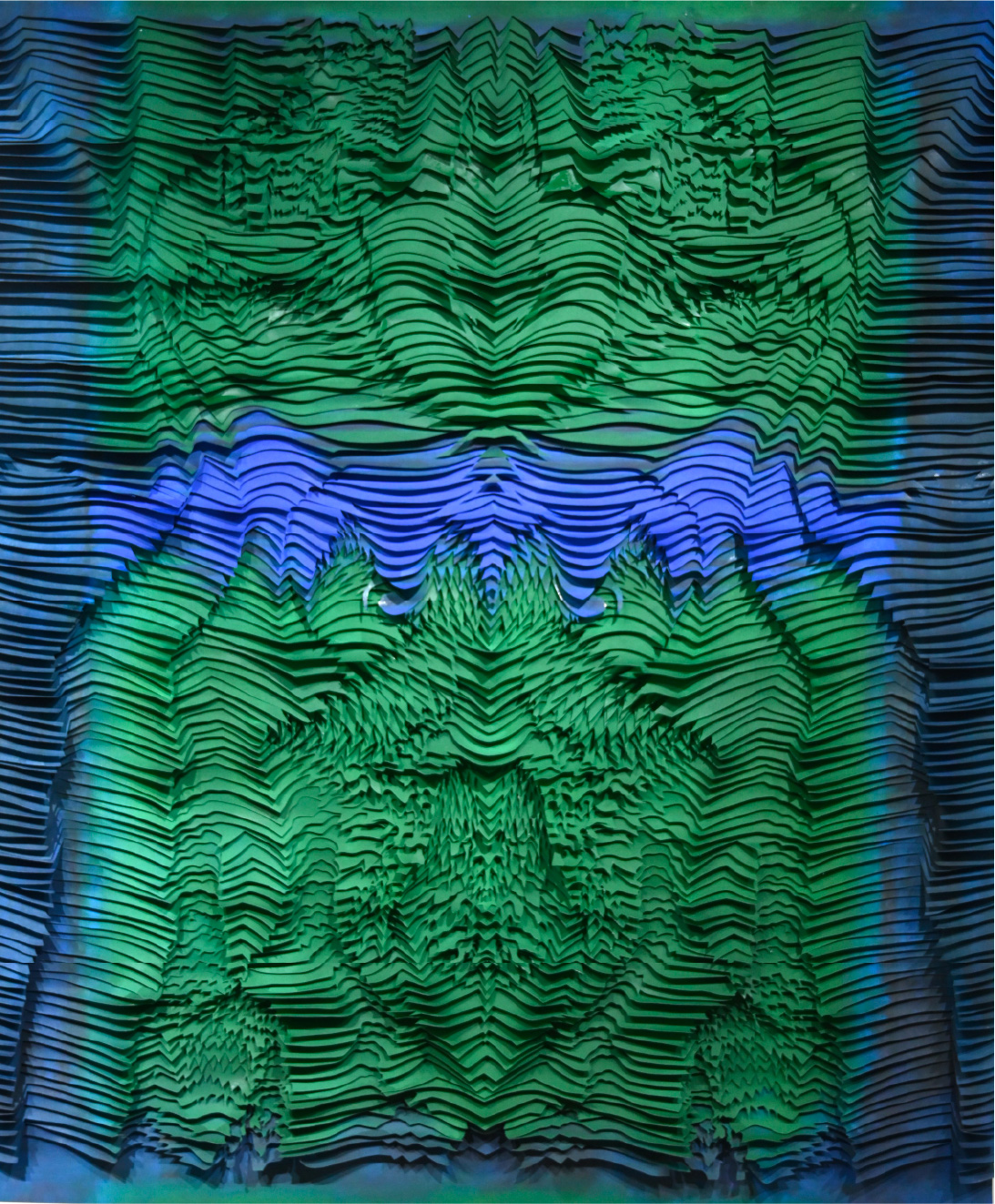
The London Exhibition, Folded Voices – A duo show featuring works by Zhang Xiaodong, and sculptures by Matija Čop.
Nov 13, 2025 – Jan 31, 2026
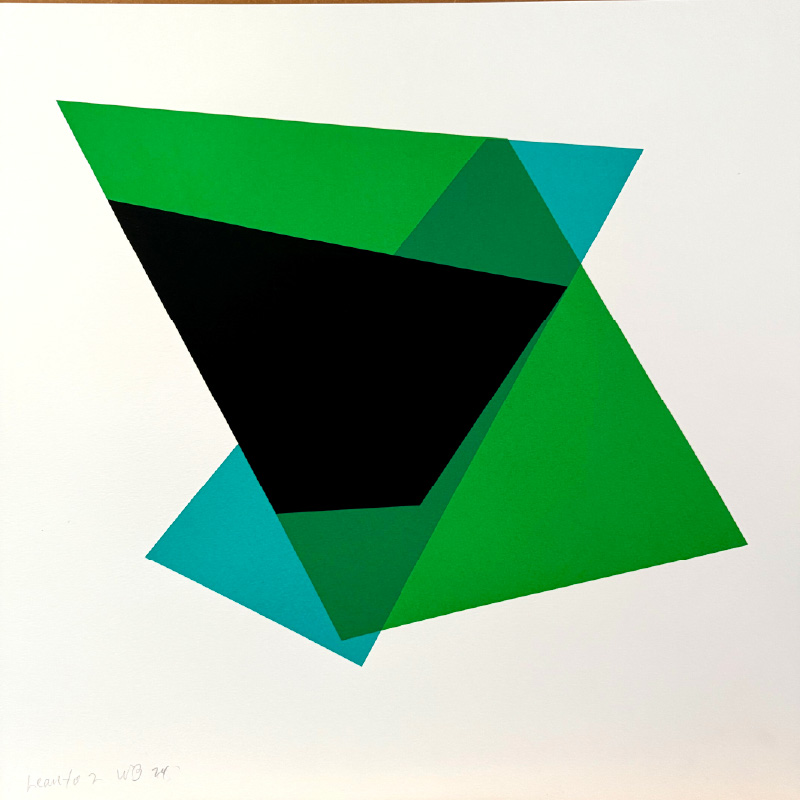
The Upsilon Gallery NY Exhibition Featuring Willard Boepple’s work: Paper, Wood & Steel
Nov 7, 2025 – Jan 3, 2026
How do you hope visitors experience and engage with the art at Upsilon Gallery?
MZ: We care deeply about our audience and that’s why we’re constantly working to improve the experience in all of our locations, both in person and online. Earlier this year, I realized the existing model of the traditional art gallery no longer works in the current business environment, since there are a lot of external factors affecting people’s disposable income as well as increased uncertainty due to geopolitical tensions worldwide. Instead of relying exclusively on direct sales from exhibitions, the gallery now also offers an engaging events program and investment program to appeal to new audiences. The events program targets financial firms and luxury brands looking for prime real estate to host social and networking gatherings, product launches, brand activations, etc. We require partners to take over the space ‘as is’ allowing us to introduce the artwork on display to vetted attendees who might not otherwise come into the gallery.
Are there any collaborative projects or partnerships you’re currently exploring?
MZ: Yes, the gallery is becoming a lot more active in creating multi-level experiences for clients since that also helps develop a sense of community around the gallery’s artist program and locations. Our next event will feature two new collaborative projects related to our current exhibition, Into the Valley. Osvaldo Mariscotti’s latest monograph will be released on October 16th during an exclusive reading session that will also feature poetry excerpts by Robert Frost and a whole new olfactory experience that will immerse guests in the conceptual atmosphere of the exhibition.
What role do you think galleries like Upsilon play in shaping cultural conversations?
MZ: Upsilon is unique in its drive to expand the definition of an art exhibition by designing multi-sensory experiences that elevate the cultural conversation to new heights. Upsilon is changing what it means to be an art gallery in the 21st Century by focusing on experience.
How do you balance showcasing emerging artists with established names?
MZ: The right mix of emerging and established artists keeps the program interesting, balanced, and fresh. I see it as a true symbiotic relationship where both categories benefit from each other. Established names tend to have more institutional support, one important aspect of the industry, while emerging talent tends to be more experimental, but usually good for public appeal. Furthermore, it is both categories together that make up a more comprehensive value proposition, since established artists tend to be more expensive but less risky, while emerging artists are usually more affordable with a much higher potential return on investment than established ones, but also riskier.
What advice would you give to someone looking to start their own gallery?
MZ: Don’t give up. There’s always a silver lining, you just have to find it.
Can you share a memorable moment or exhibition that really defined the gallery’s identity?
MZ: Our current show, Osvaldo Mariscotti: Into the Valley is the gallery’s greatest accomplishment so far. The same exhibition is being shown simultaneously across three different countries at a time when Mariscotti’s market is at an all-time-high. This success is a true testament to hard work and endurance, very much in line with the gallery’s current performance.
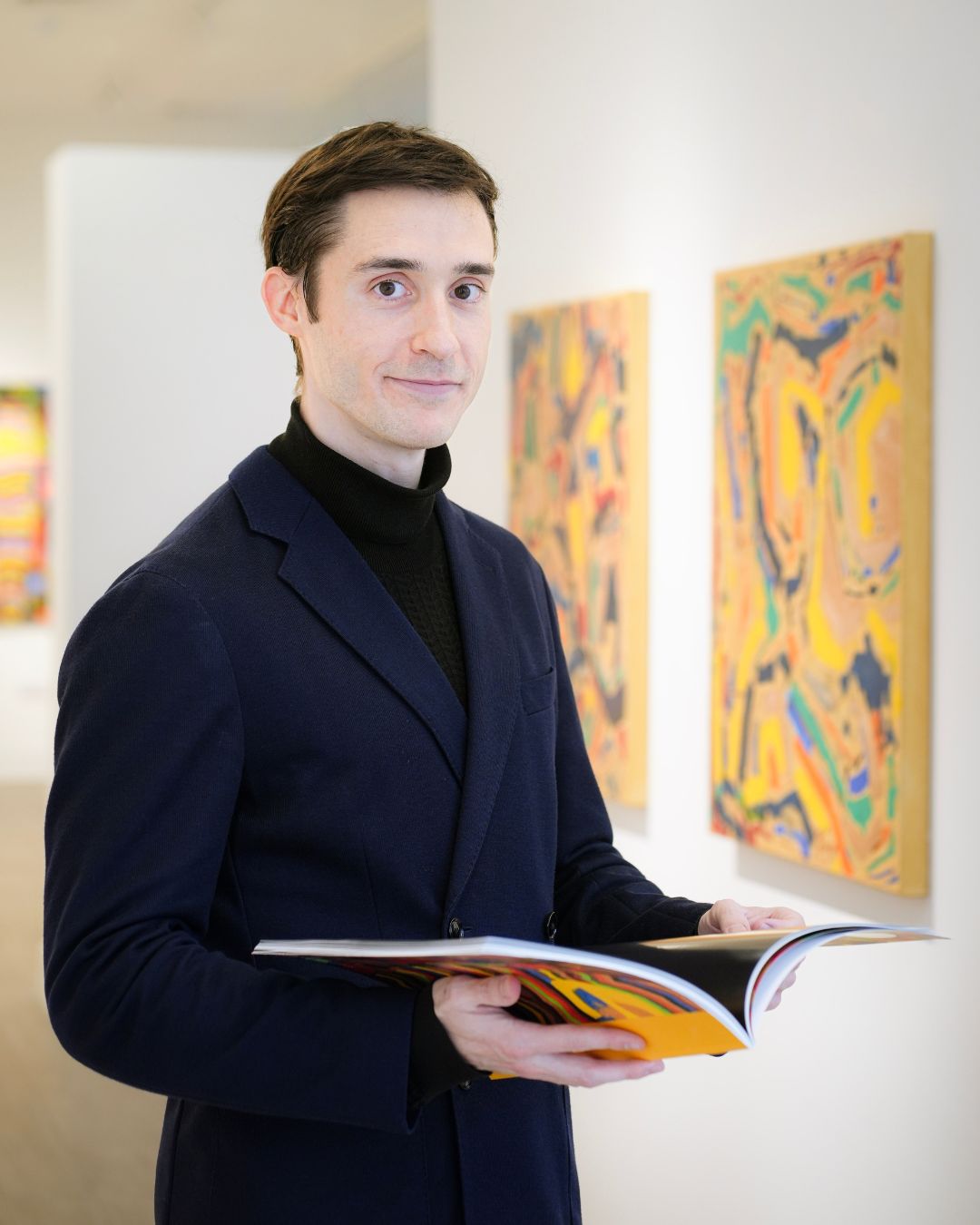
Marcelo Zimmler is a German-Argentine art dealer and the Founder and CEO of Upsilon Gallery. Marcelo grew up in Buenos Aires, Argentina and relocated to New York at the age of 17. He holds degrees in Computer Science and Mathematics from Pace University and a Masters degree in Business Management from the London School of Economics. A published author, Marcelo has been featured by major publications such as the Financial Times for his work in the arts.
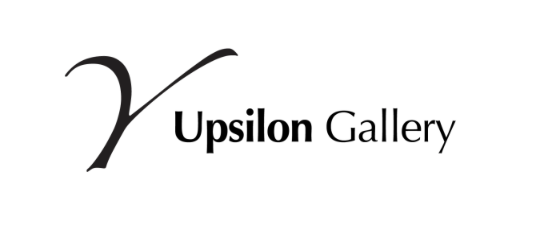
Founded in 2016 by Marcelo Zimmler, Upsilon Gallery champions postwar and contemporary international art, with a focus on underrepresented voices and cross-disciplinary experimentation. The hybrid gallery supports a broad spectrum of artistic practices across physical and digital platforms, combining exhibitions, publications, research, and technology. Today, Upsilon has private offices by “appointment only” on 57th Street in Manhattan, and another in Miami, alongside two flagship gallery spaces: in New York at 23 East 67th Street, and in London at 64 Grosvenor Street, Mayfair. In November 2025, Upsilon will open its first Continental European location in Milan, Italy.